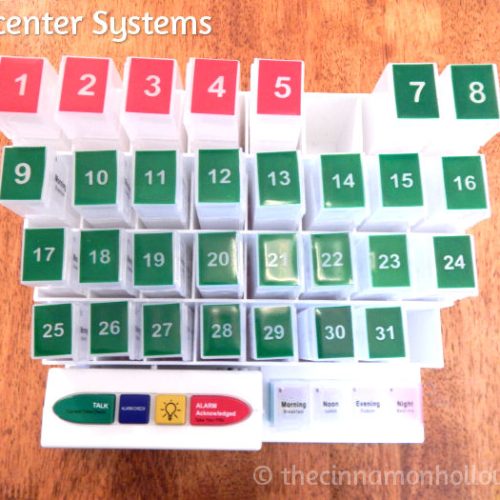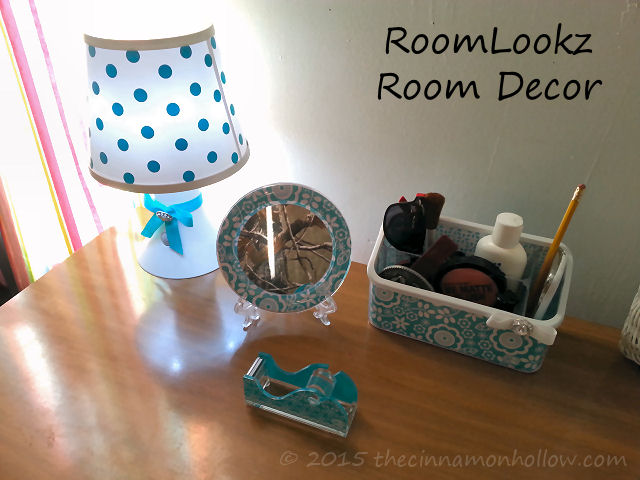The indoor air quality is often vulnerable to air pollutants such as gas leaks, dust, debris, and contaminants brought inside the home by pets. Without proper maintenance, these pollutants, especially carbon monoxide, lead particles, or asbestos, could result in severe health conditions, including damaged lungs or death. For this reason, we have put together five ways you can improve your indoor air quality for a safe and comfortable home.

1. Replace or clean your HVAC filter
Air conditioners are designed to regulate indoor temperatures all year round. However, as the unit operates, it sucks various air pollutants, including dust and debris, into the system. The AC is fitted with top-quality filters like Merv 8 air filters to trap the air pollutants from getting into the unit.
However, the longer the filters operate, dirt and dust particles may accumulate, clogging your unit. This makes your filters stop functioning efficiently, leading to poor air quality and increased energy consumption and bills. For this reason, you should regularly clean or replace your air conditioner’s filters to ensure the proper functioning of your HVAC system and improved indoor air quality.
2. Open the windows
One of the easiest and cheapest ways to ensure improved air quality in your home is by opening the windows. With open windows, you allow fresh air into your home while eliminating the foul odor. You also reduce the humidity that provides a favorable environment for dust mites to survive.
You should switch off your AC when opening windows to avoid increasing the energy bills. This is because cool or warm temperatures from your AC often escape through the open windows making your system work twice as hard to maintain desired temperatures.
3. Vacuum regularly
Ensure that you vacuum your home frequently to remove air pollutants from your floors. You should pay more attention to the carpets when cleaning as they often harbor allergens. Consider replacing your carpets with solid flooring, especially if you suffer from allergies, to make cleaning easier.
Vacuum daily if you have pets such as cats and dogs in your home. This is because pets often shed hair or have pollen attached to their fur, which compromises your indoor air quality.
4. Use kitchen vents
Most indoor air pollutants often come from the kitchen. When cooking, your gas stoves or electric burners release harmful contaminants into your home, including carbon monoxide and nitrogen dioxide. These contaminants can result in severe health complications and even death as they are easily absorbed into the bloodstream. For this reason, you should turn on your cooking vents or open windows when cooking to eliminate the harmful air pollutants from the indoors.
5. Reconsider your paint
Do not solely focus on the color and desired appearance when choosing the perfect paint for your home. You should also look into the paint’s ingredients to ascertain that it is not toxic. Paints with low VOCs and do not give off a fresh paint smell should be top of your list if you want to improve your indoor air quality. You should also avoid paints that contain plastic. Plastics create a barrier that traps air on your walls, leading to the development of mold.
Endnote
Maintaining pure and breathable indoor air is crucial for a healthier and comfortable home. As such, you should regularly replace your AC filters, use kitchen vents, choose quality paint, and vacuum and open windows regularly for improved indoor air quality.
We are not doctors and this is in no way intended to be used as medical advice and we cannot be held responsible for your results. As with any product, service or supplement, use at your own risk. Always do your own research before using.







